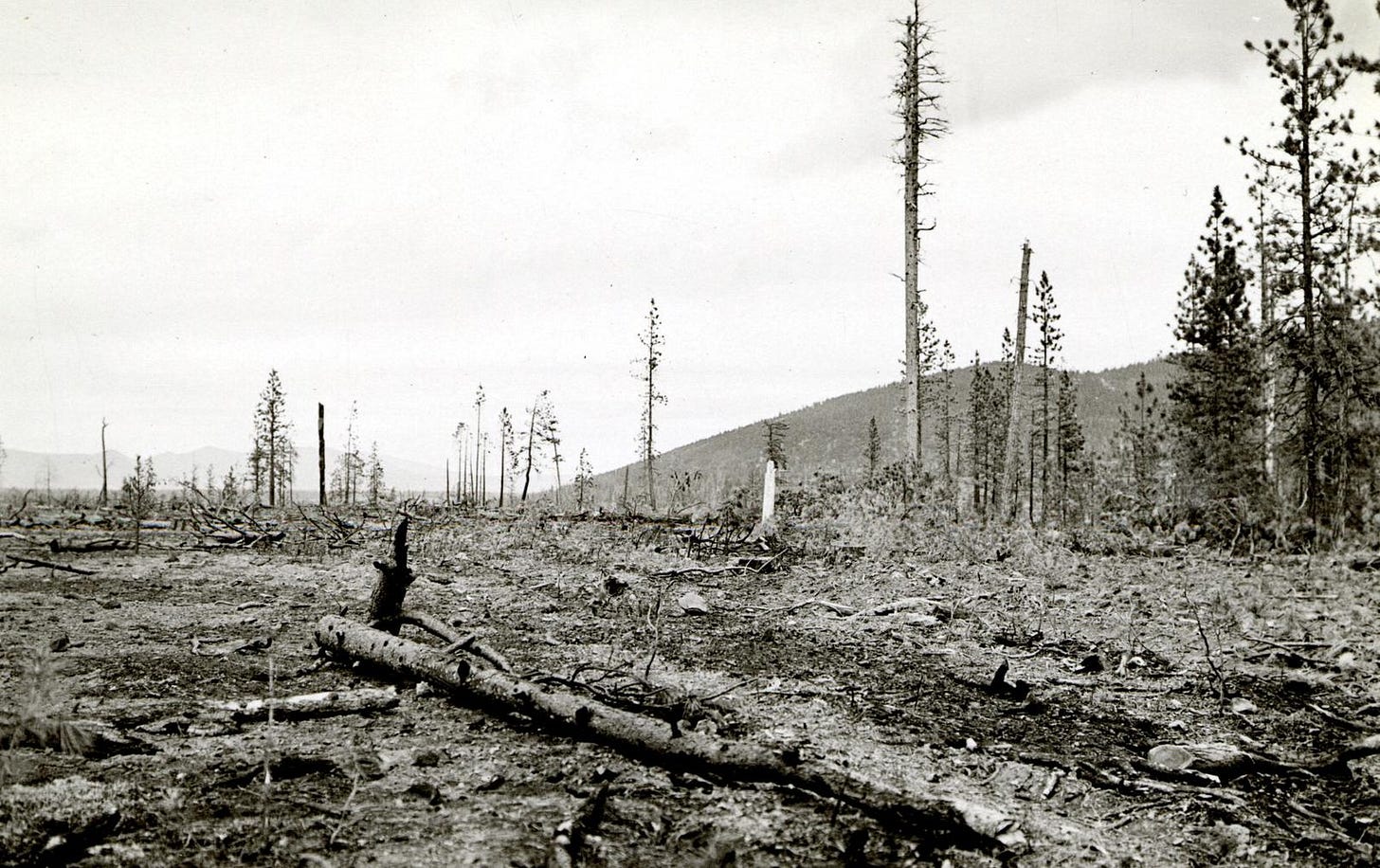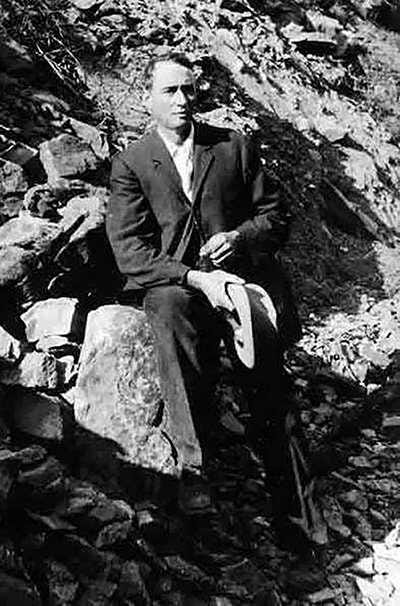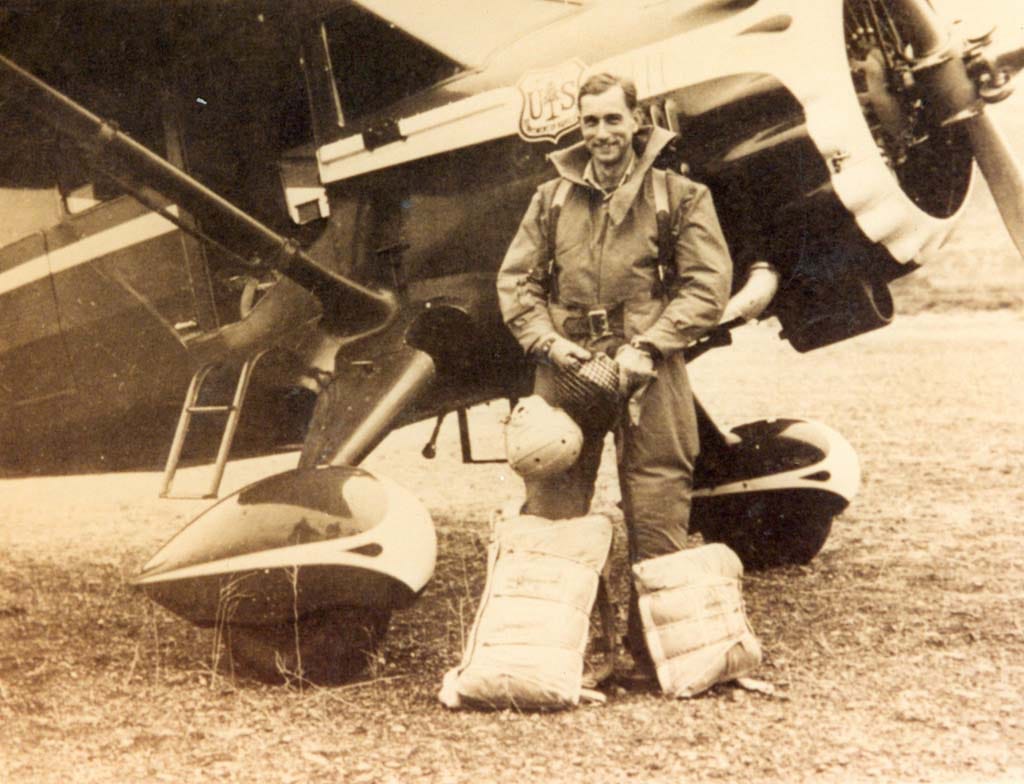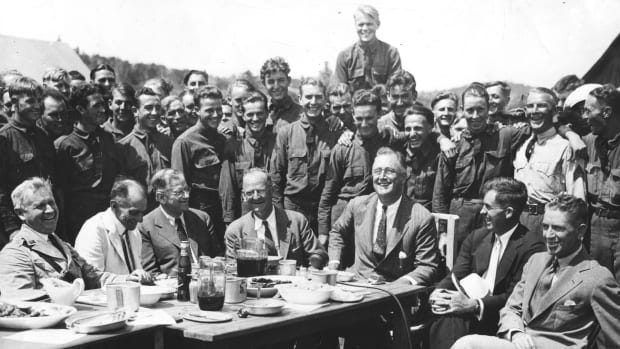Yesterday I was reading about the conflicts surrounding federal wildland firefighter pay, and it occurred to me that I haven’t seen any pieces that create a kind of user’s guide to understanding why there are conflicts around federal wildland fire pay. Because this newsletter isn’t simply for people who already know what they need to know about wildland fire, I figured I could try to create something like that. So, that’s what I am going to do here. As always, if you have something to add, or any questions, please leave them in the comments.
If you find this useful, please share it, and please consider becoming a paid subscriber. I’ve decided not to paywall this post because I want it to be accessible, but it took a long time to write and research.
Federal Wildland Firefighters Don’t Make Very Much Money
Way back in 2002, my first year as a hotshot, I was hired at a GS-3. I was one of two GS-3s, (never mind that I was the only woman and had two years of experience, but was paid less than the other guys who’d come into the crew with equivalent experience and instead was placed at the same GS level as the only green person on our crew). My pay was, I think, twelve-something an hour.
This was twenty years ago (almost exactly, god help me). Last year, an incoming GS-3 at the federal pay grade would have made the same amount . No, I am not fucking kidding.
What’s the logic here? We have to begin with how the federal wildland firfighting machine started in order to parse that out. So, here we go.
The Big Burn, and What Came Before
Anyone who works in wildland fire, and many people who don’t, have heard of the gigantic fire which burned in the Northern Rockies in 1910. The fire was mythologized in the book The Big Burn: Teddy Roosevelt and The Fire That Saved America, written by Timothy Egan. This book is a great read, but also perpetuates a narrative about the necessity of extreme fire suppression which I personally think is toxic.
Anyways, this gigantic fire, whose cause still isn’t officially listed but was likely tinder-dry slash left after reckless and excessive logging throughout the Northern Rockies (note that there were several giant fires which occurred as logging made its way across the United States, east to west, such as the Miramachi Fire (Oct. 7, 1825), and the Peshtigo Fire, which began on October 18th, 1871,
Slash, which is a natural byproduct of logging and includes trees too small for profit as well as brush and branches, was long-cured by the summer sun, and there was no sign of the July rains that usually came. This, combined with newly constructed coal-powered trains traversing meandering railroads, inches away from the parched landscape, is likely what caused the Great Fire.
So— the Great Fire (I am using the phrases Great Fire and Big Burn interchangeably here) was massive, and no one was prepared. Gifford Pinchot, the first man to helm the newly formed USFS, was five years in. Since overtaking the Division of Forestry in 1898, he’d begun installing more “rangers” throughout the west, though Bernard Fernow, a German forester, had been the first national chief forester to hire rangers, based on the Prussian model of state forest management.
The jobs of these rangers was essentially to police the land. They were loathed both by white and Indigenous people. The white trappers and hunters loathed them because the rangers got in the way of their lawlessness. Indigenous people loathed them because the rangers were yet another sign that the land they’d called home for thousands of years was violently and irrevocably transforming, along with their lives.
These “rangers” ended up being the first iteration of wildland firefighters, as many of them were charged with collecting crews of men and cobbling together makeshift fire crews when the Great Fire ignited. One of these rangers, one of the few men who didn’t hail from the Yale School of Forestry but instead was a local man, Ed Pulaski, heroically saved his crew of men by locking them in a mine shaft as the deadly fire burned around them. Ed Pulaski was never fully compensated for his act of heroism, nor was he taken care of by the USFS when the event disabled him. This is also a precedent that was set for federal wildland firefighters— the lack of reimbursement and care when it comes to physical repercussions of what is ultimately a dangerous job.
Many of the men gathered to fight this giant fire were immigrants living in poverty, Indigenous men, and manual laborers. The wealthy tried to flee on trains; some succeeded. Few of these workers were ever paid for their services, and many of the families of those who died were never compensated.
Smokejumpers
In 1939 an experimental program began in the Pacific Northwest. A group of men trained for a week and practiced parachuting from planes into the wilderness. It’s interesting to think of this program in a modern context, because it honestly seems absurd. Drop people from planes into the wilderness, where a naturally occurring fire has started, and stop the spread of the fire. But by 1940, when Francis Lufkin and Glen H. Smith became the first smokejumpers to land on an active fire, fire suppression had gained a lot of traction, as I’ve discussed in previous newsletters. These men were'n’t just fighting fire— they were preventing a “timber famine.” The reason these fire needed to be suppressed was simple: the trees were valuable resources.
Smokejumping still exists in the United States (there is no tougher thing you can say as a wildland firefighter that: “I’m a smokejumper” or “I used to be a smokejumper,” though it’s arguable that the hardest thing about smokejumping is the training, and hotshots generally have a tougher job).1 One could argue that smokejumpers are superfluous— a symbol rather than a necessary firefighting tool, as there are few roadless areas left in the lower forty-eight, and in Alaska there is a “wait and see” mentality rather than a suppression-forward mentality. One could also argue that smokejumpers are absolutely necessary, given the rising population levels in forested areas, and the volatility of fire starts which occur in the wilderness, long protected from fire and ripe for conflagrations.
I digress.
The CCC: Our First Real Fire Crews
By 1933, Roosevelt established the CCC (Civilian Conservation Corps). Roosevelt and Pinchot were buddies, and they both (along with their other buddy John Muir) perceived fire as a destructive force. The establishment of the CCC, which occurred during The Great Depression, functioned both to employ the unemployed, thus boosting the economy, and to prevent forest fires. The 10am policy was implemented two years after the establishment of the CCC, which decreed that all fires needed to be extinguished by 10am the morning after they were reported (an absolutely toxic law whose effects we are still feeling today).
Here’s a good explainer that breaks down what the CCC accomplished. I use the word “accomplish” loosely. While the program had a great effect on the economy and the lives and families of the men (yes, men) that took these jobs, they weren’t necessarily paid fair wages by today’s standards. Also, Black participants were forced to live in separate camps and their enrollment numbers were limited, while white participants were allowed to enroll in droves.
The CCC also discriminated socially, enrolling young men with families but excluding rootless transients who wandered from town to town in search of work and food. These men could have reaped great benefits from the CCC, but its leaders imagined an unbridgeable cultural gap between young men who came from families and others who came from the byroads. And the corps only enrolled men, although Eleanor Roosevelt convinced her husband to let her and Labor Secretary Frances Perkins organize a smaller network of “She-She-She” camps for jobless women.Many of the national parks we enjoy today, such as the Grand Canyon, Yellowstone, and Grand Teton, exist as they do because of the CCC.2

The CCC also planted trees to prevent dust storms in the great plains. Note that these great plains would not have been as susceptible to dust storms if Europeans hadn’t brought an excessive amount of cattle and livestock with them on their way out west, if they hadn’t implemented European-style farming (which didn’t translate as well to the landscape of the great plains), and if fire hadn’t been removed from the landscape, along with the Indigenous people who helped tend these incredible grasslands, whose carbon sink functioned better than our current forests.
CCC crews also helped carry out the first large-scale wildland firefighting efforts. They were paid incredibly low wages and in return they dug fireline, created gigantic fuel breaks (which still exist and are used today), expanded logging roads and is responsible for half of the reforestation done in America’s history. 3 (The word reforestation is used in the context of reforesting lands that had been previously been logged.)
There are many positive outcomes that came from the implementation of the CCC, but I see few pieces online examining the negative outcomes or engaging with the ways in which the CCC further colonized stolen land.
In bringing large groups of men together to fight the “enemy” of forest fires, the federal government created an unnecessary and harmful precedent, both for environmental health and the treatment of federal firefighters. I’ll examine how this had led to the current moment in the next newsletter.
To be continued next week….
NOTE: I found this incredible oral history of the CCC for anyone who’s interested.
Have something to say about wildland firefighter pay or the CCC? Leave a comment.
Please don’t come at me for saying that, it’s just what I’ve heard from several smokejumpers. Idk!
https://theconversation.com/fdrs-forest-army-how-the-new-deal-helped-seed-the-modern-environmental-movement-85-years-ago-91617
https://www.history.com/topics/great-depression/civilian-conservation-corps#section_7









